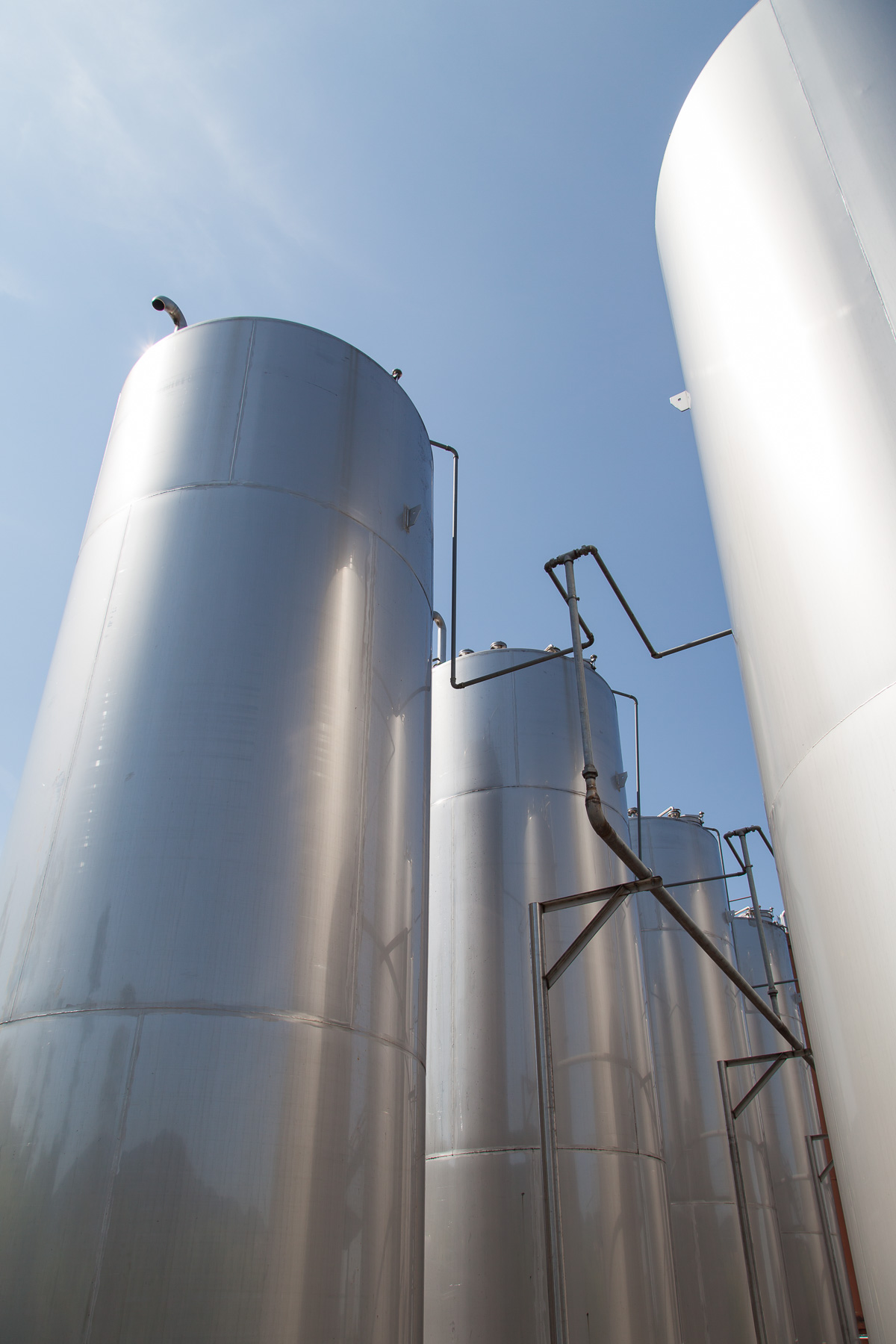ACTIVITIES AND PROCESS
HWE members run a wide range of processes for recycling, recovery and disposal of hazardous waste:

→ Regeneration of solvents, mineral oils, chromic baths, fuels
→ Water recycling
→ Recovery of metals by pyrometallurgical and hydrometallurgical processes
→ Recovery of other materials (soils, plastics, scrap metals, …)
→ Energy recovery
→ Physico-chemical treatments
→ Biological treatments
→ Incineration – evapo-incineration – evapo-concentration
→ Management and treatment of PCBs
→ Landfill


European Solvent Recycler Group and Hazardous Waste Europe – Press Release
Organic solvents play a vital role delivering wide benefits to society in producing modern materials including medicines and surface coatings. Post use requires responsible management of resulting waste streams. The European Solvent Recycler Group (ESRG) and Hazardous...

BRS COPs : A step further towards a Zero Pollution Ambition for a Toxic Free Environment!
HAZARDOUS WASTE EUROPE was present at the BRS COPs in Geneva Very positive decisions were taken and important revised Technical Guidelines have been adopted or progresses have been made in others for an Environmentally Sound Management of hazardous wastes and other...

HWE welcomes the European Commission’s proposal for the revision of the Waste Shipment Regulation (WSR).
Hazardous Waste Europe (HWE) welcomes the https://ec.europa.eu/environment/publications/proposal-new-regulation-waste-shipments_en We are very pleased to see that most of the main issues raised by HWE have been addressed with concrete and appropriate proposals:...

HWE’s core message to the Zero Pollution Stakeholders Platform
Hazardous Waste Europe is a member of the Zero Pollution Stakeholders Platform. During the High Level Launch Meeting, on December 16th, our President delivered the HWE's core message: Hazardous Waste Europe is a EU business association of hazardous waste operators...

Revision of the CLP regulations: our proposals to keep on track on the non toxic environment
The Chemicals strategy aims at strengthening the EU legal framework to address pressing environmental and health concerns through the revision of the REACH and CLP Regulations. Following the impact assessment and roadmap, the Commission consulted citizens and...

Taxonomy and hazardous waste management, Chapter #1
Hazardous waste Europe really welcomes the outcome of the draft report on the preliminary recommendations for Technical Screening Criteria (TSC) for the EU taxonomy developed by the Technical Working Group of the platform on Sustainable Finance. We fully endorse the...

IED-EPRTR-Revision – HWE’s position
The industrial emissions directive, currently under review, is a cornerstone of the EU legislation, aiming at achieving a high level of protection of the environment as a whole. It provides valuable and key provisions to prevent and control pollution arising from...

A zero pollution ambition for a toxic-free environment – HWE’s position
To pave the way towards "a zero pollution ambition for a toxic-free environment", the EU Green Deal annonced the objective of the EU commission to look more systematically at all policies and regulations and adopt in 2021 a zero pollution action plan for air, water...

Information, traceability & decontamination to ensure the « zero pollution » ambition for a toxic free environment »
A fruitful exchange with Mr. Commissioner Virginijus Sinkevičius Information, traceability & decontamination are key to ensure the "zero pollution" ambition for a toxic free environment called by the EU ...

HWE’s recommendations Chemicals strategy for sustainability May 2020
Announced in the EU Green Deal as part of the actions to support zero pollution, the forthcoming European Chemicals strategy for sustainability represents a valuable opportunity to pave the way towards a non toxic environment. As HWE, we have developed 8 points to...
HWE members are present throughout the entire hazardous waste treatment chain. Thus, after collecting the waste, they characterise it in order to provide the most appropriate treatment for the protection of the environment and health. Two solutions are therefore envisaged :
→ if it is technically and economically feasible to decontaminate the hazardous waste, then it is recycled and the extracted hazardous substances are disposed of in accordance with environmental regulations
→ if it is not technically and economically feasible to decontaminate the hazardous waste, then it is disposed of entirely, in order to prevent the release of the hazardous substances it contains into the environment or into the recycled products.
